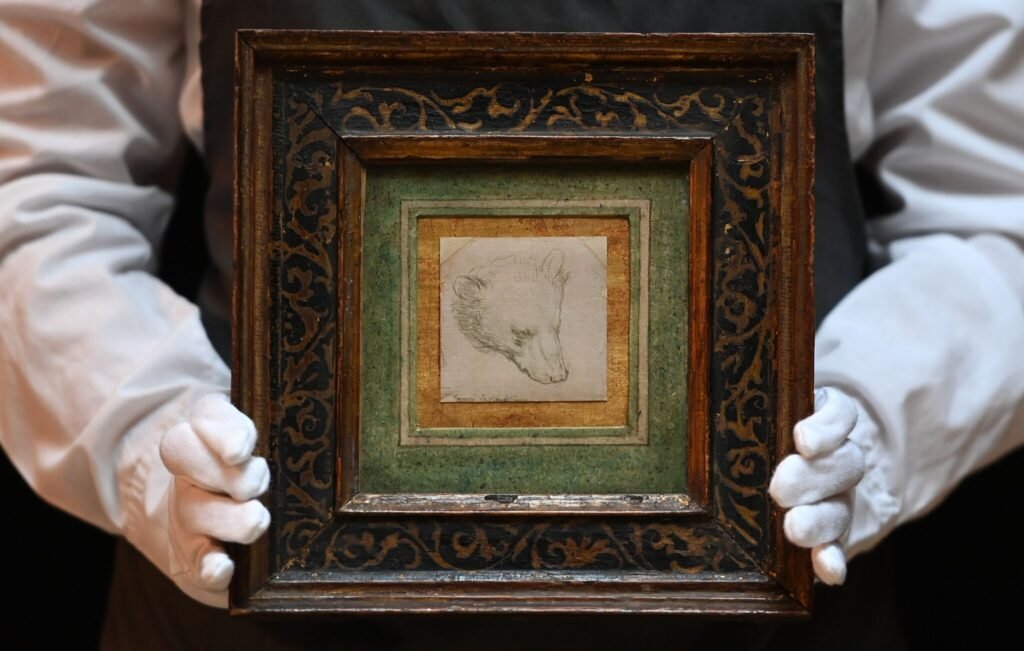Leonardo da Vinci’s sketches represent a unique blend of art and science, offering profound insights into his creative process and the intellectual climate of the Renaissance. Beyond their artistic merit, these drawings reveal da Vinci’s unparalleled curiosity and his drive to understand the natural world. As timeless artifacts, his sketches provide a window into his genius and remain invaluable to both art historians and scientists.

A Window into the Renaissance Mind
Da Vinci’s sketches epitomize the Renaissance spirit of inquiry and innovation. They reflect the era’s emphasis on blending art, science, and humanism into a cohesive worldview.
- Scientific Curiosity: His anatomical studies, such as the Vitruvian Man, demonstrate his pursuit of harmony between human proportions and mathematical principles.
- Interdisciplinary Approach: Leonardo seamlessly combined disciplines, using art to explain scientific phenomena and vice versa.
- Cultural Reflection: His sketches document the intellectual fervor of the Renaissance, emphasizing human potential and the natural world’s intricacies.
Artistic and Technical Mastery
Leonardo’s sketches serve as benchmarks of artistic and technical skill, showcasing his ability to render lifelike details with precision and elegance.
- Dynamic Composition: His drawings often feature motion and fluidity, capturing the essence of life in every subject.
- Innovative Techniques: Through methods like cross-hatching and layering, da Vinci achieved depth and texture that influenced generations of artists.
- Preparatory Studies: Many sketches were preparatory studies for larger works, such as The Last Supper and Mona Lisa, revealing his meticulous planning process.
Contributions to Science and Anatomy
Leonardo’s anatomical sketches were groundbreaking, merging art and science to document the human body with unprecedented accuracy.
- Human Anatomy: His dissections and subsequent drawings, like Studies of the Shoulder and Neck, revolutionized the understanding of human physiology.
- Botanical Studies: His detailed renderings of plants and their structures advanced botanical knowledge and influenced both science and decorative arts.
- Engineering Concepts: From flying machines to hydraulic systems, Leonardo’s technical sketches illustrated concepts far ahead of his time.
Preservation of Knowledge
Leonardo’s notebooks, often referred to as codices, preserved his thoughts and discoveries, ensuring their transmission through centuries.
- Codex Atlanticus: This collection includes designs for inventions, maps, and studies of various phenomena, showcasing his diverse interests.
- Codex Leicester: Focused on scientific observations, this manuscript highlights his theories on water movement and geological formations.
- Universal Appeal: These notebooks not only influence artists but also inspire engineers, scientists, and philosophers to this day.
Influence on Modern Art and Science
Leonardo’s sketches bridge the gap between art and science, continuing to inspire contemporary creators and thinkers.
- Artistic Legacy: His techniques in shading, perspective, and anatomical accuracy remain foundational in art education.
- Scientific Methodology: Leonardo’s emphasis on observation and experimentation paved the way for modern scientific practices.
- Cross-Disciplinary Impact: His ability to unite disparate fields resonates with today’s push for interdisciplinary approaches in education and innovation.
Cultural and Historical Significance
Leonardo’s sketches are more than artistic treasures; they are historical documents that encapsulate the Renaissance ethos of exploration and discovery.
- Global Recognition: His drawings, housed in museums and collections worldwide, are celebrated as cultural icons.
- Timeless Appeal: The universal themes of curiosity and creativity in his work transcend time, making them relevant across generations.
- Educational Resource: Scholars continue to study his sketches to uncover new insights into his methods, ideas, and the context of his era.
Conclusion
The historical value of Leonardo da Vinci’s sketches lies in their ability to encapsulate the essence of Renaissance innovation. These drawings offer a remarkable glimpse into the mind of one of history’s greatest polymaths, blending artistic brilliance with scientific inquiry. As enduring symbols of human potential, they continue to inspire and educate, proving that Leonardo’s genius transcends the boundaries of time and discipline.

